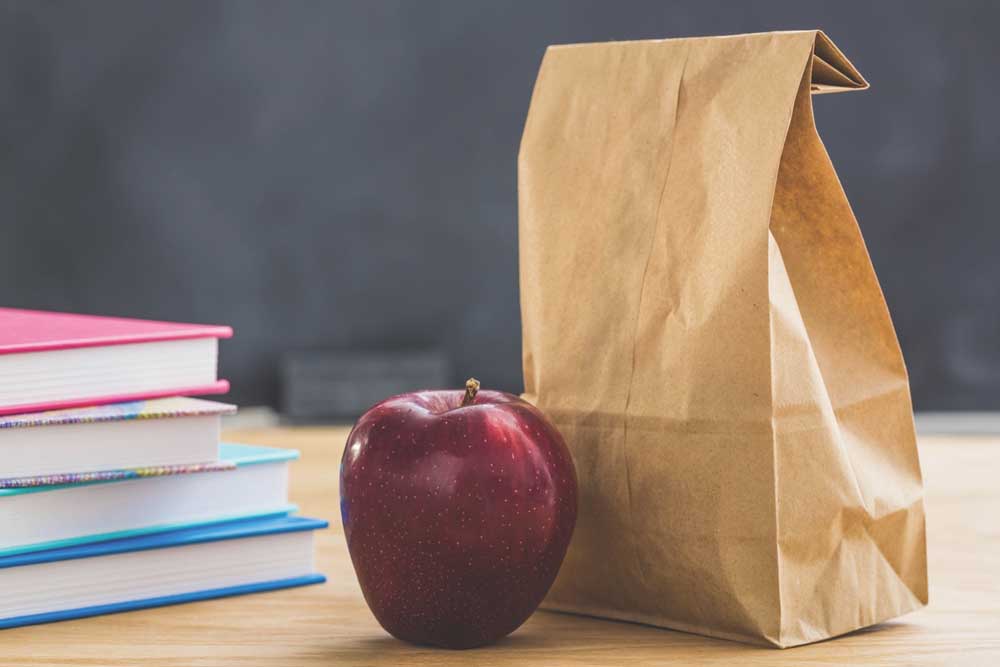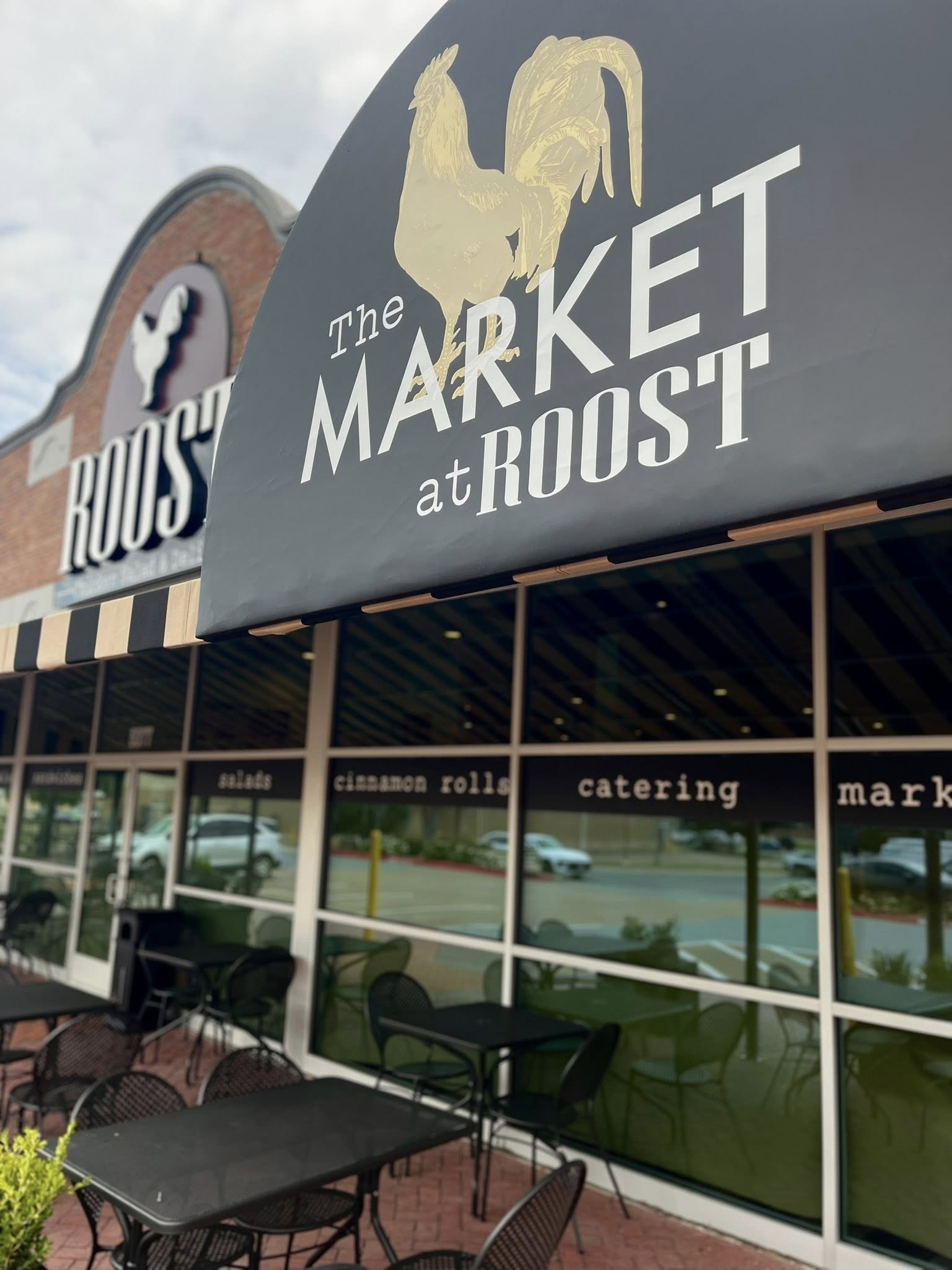School districts should send uneaten pre-packaged food home with students instead of throwing it away
Published 11:20 am Tuesday, August 21, 2018

- (Metro Creative)
One of the best things about North Texas students returning to school this week will be the food.
We have a lot of hungry, low-income children living among us. In the Fort Worth school district alone, 77 percent of students come from low-income homes and qualify for free or reduced-priced meals. According to the Texas Education Agency, that’s more than 66,000 children.
Trending
The healthy, filling breakfasts and lunches they’ll be served as this semester begins are for some the only real nutrition they receive all day.
So, imagine the horror that gripped state Rep. Diego Bernal when he began touring the schools in his San Antonio district, and watched as the lunch hour ended and packaged, untouched food was gathered up and tossed in the trash.
Fresh fruits and vegetables; unopened cartons of cereal; bottles of water or juice; packaged granola bars, and other food was gathered up, and thrown out. Or, in some cases, collected and sent to outside nonprofits.
“It was the most shocking and immoral inefficiency I’d ever heard of,” Bernal told this Editorial Board. “So you can give food away to someone else, but not to your own hungry kids.”
The reason we’re telling you this story is that Bernal turned his shock into action and last year spearheaded legislation that allows Texas schools to redistribute the untouched food to its students during the school day or to take home at night.
We don’t know if our North Texas districts are aware of this law and taking advantage of it, but we think this is an easy-to-implement, low-cost way to further help our kids. Allowing nutritious food to be dumped while children go hungry is just plain wrong.
Trending
Bernal learned the problem was with a U.S. Department of Agriculture regulation that required schools only serve food during defined meal times. Non-perishable leftovers could be donated to nonprofits like food banks, but quite often they were just thrown out.
So Bernal reasoned — why not create nonprofits within schools and allow the food to stay with the children. The law that passed in 2017 allows that.
The San Antonio ISD Bernal represents was an early adopter of what’s become known as the School Pantry Program. Jenny Arredondo, the district’s executive director of school nutrition, says the district has pantries on 10 campuses and is adding more. She’s contacted weekly by other districts that want to get started.
“There are many ways to take advantage of this program. You can start out very basic,” she says.
Schools need to identify staff or district volunteers to oversee the pantry. They must ensure they comply with local health and safety regulations for storing the food.
Some districts have refrigerators for preserving milk, or they keep it on ice for kids to have at the end of the day. Others limit the foods they offer to water, granola bars and fruit.
“Even if it’s just a snack, our breads contain 51 percent whole grains, and that’s more nutritious than what they’d normally have,” said Arredondo.
Arredondo and Bernal are now on a mission to encourage other districts to redistribute available food instead of throwing it out.
Both will take part in a free webinar presented by Salud America on Aug. 28. The Texas Education Agency also has guidelines on its website.
We know school districts are frantic as the fall semester gets under way and they address all of the hiccups that come with teachers and students settling into their classrooms and schedules.
As districts make their to-do lists, however, we’d like to see them investigate the creation of school pantries. How could you justify throwing or giving away healthy food when there are so many children who need it?






